Economic Lowdown Video Series
The Economic Lowdown video series is produced by the Economic Education department of the St. Louis Fed for high school and college students. The series covers topics in economics, banking and monetary policy. The brief videos use clear, simple language and graphic elements so that students can better visualize the economic concepts presented. In the end, students see how economic principles affect the choices they make in their everyday lives.
To provide students with online questions following each video, register your class through the Econ Lowdown Teacher Portal.
Learn more about the Q&A Resources for Teachers and Students »
Similar topics are available in the Economic Lowdown Podcast Series.
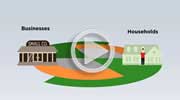
Circular Flow
Video
|
versión español
Download the study guide and answer key (PDF)
This video explains the circular flow model. Learn how households and businesses interact in the market for resources and in the market for goods and services, and see how money keeps the whole process moving.
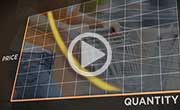
Demand
This video explains the concept of demand. Learn how a change in the price of a good affects the quantity of the good consumers will buy and how changes in market conditions affect the demand for a good.
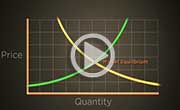
Equilibrium
This video explains the concept of equilibrium. Viewers will get a refresher on the laws of supply and demand before they learn about market equilibrium—the point at which there is no shortage or surplus of a good or service.

Externalities
Learn about externalities in this video, and how costs and benefits sometimes affect bystanders and discover how taxes and subsidies can be used to "internalize" externalities.
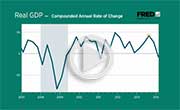
Gross Domestic Product
|
versión español
This video explains what GDP measures, how it is calculated, how it is useful in determining whether and how quickly the economy is growing, and how GDP can be used as indicator of standard of living.

Inflation
|
versión español
Learn what inflation is, what causes it, how it is measured, and the Federal Reserve’s goal for the inflation rate in this video.

Monetary Policy
The Federal Reserve, “the Fed,” is the central bank of the United States. One of its important functions is to promote a strong U.S. economy. In fact, Congress has given the Fed two main goals: maximum employment and price stability. These videos explain how the Fed uses monetary policy to reach those goals.
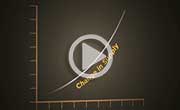
Supply
This video explains the concept of supply. Learn how changes in the price of a good affect the quantity of the goods produced and how changes in market conditions will affect the supply curve.
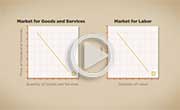
The Labor Market
This video explains the basics of the labor market. Learn how the laws of supply and demand determine the wage and quantity of labor employed in various labor markets.
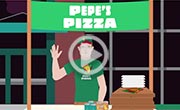
There is No Such Thing as a Free Lunch
|
versión español
The study of economics is built on the foundation of three very important concepts: scarcity, choice, and opportunity cost. This video uses these three concepts to explain why there is no such thing as a free lunch.
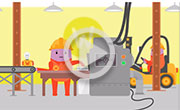
The Production Possibilities Frontier
The economy has a frontier—an outer limit of economic production. This set of videos explains how the production possibilities frontier (PPF) illustrates some very important economic concepts.

Unemployment
|
versión español
The unemployment rate is one of the most important pieces of economic data that economists study. This video explains what unemployment is, how it is measured, and the different types of unemployment.
---
If you have difficulty accessing this content due to a disability, please contact us at economiceducation@stls.frb.org or call the St. Louis Fed at 314-444-8444 and ask for Economic Education.

